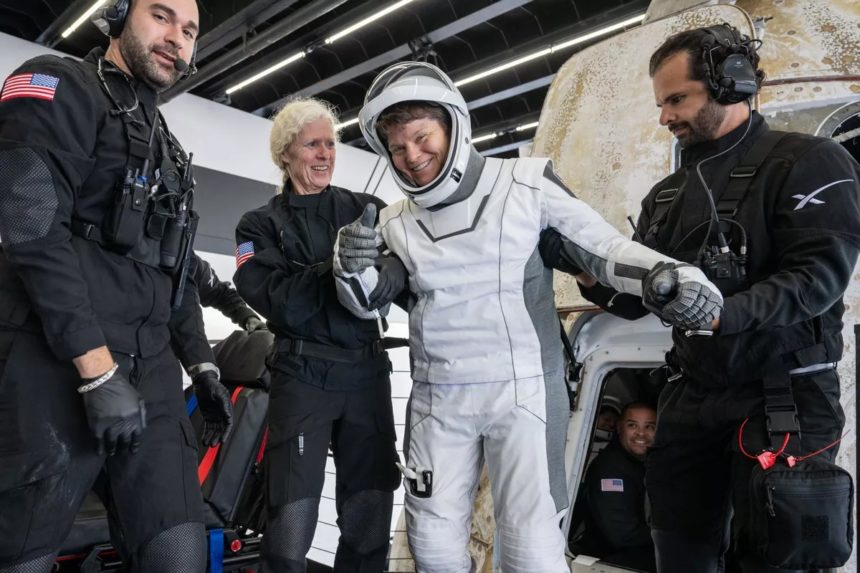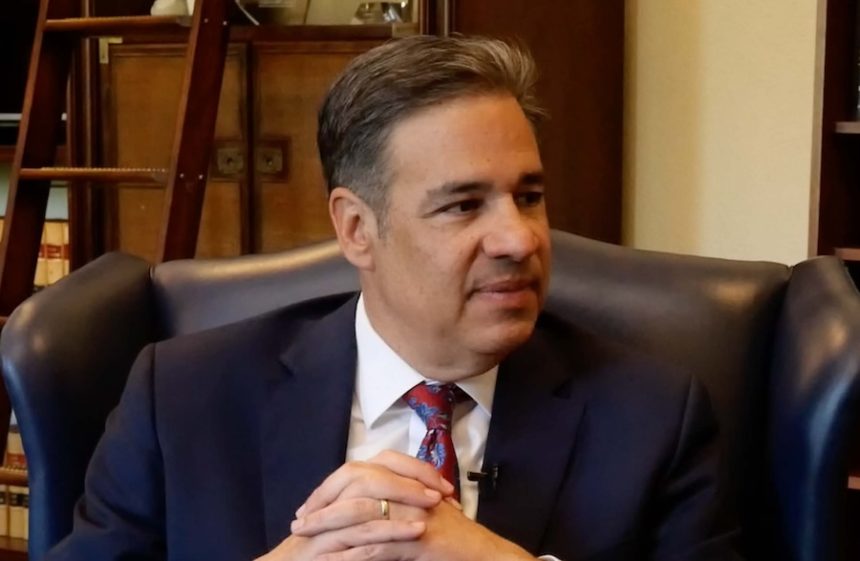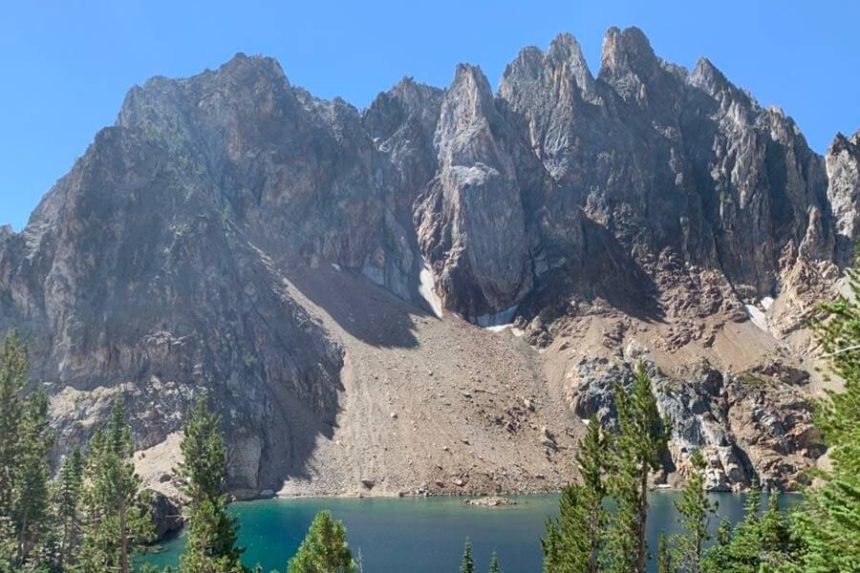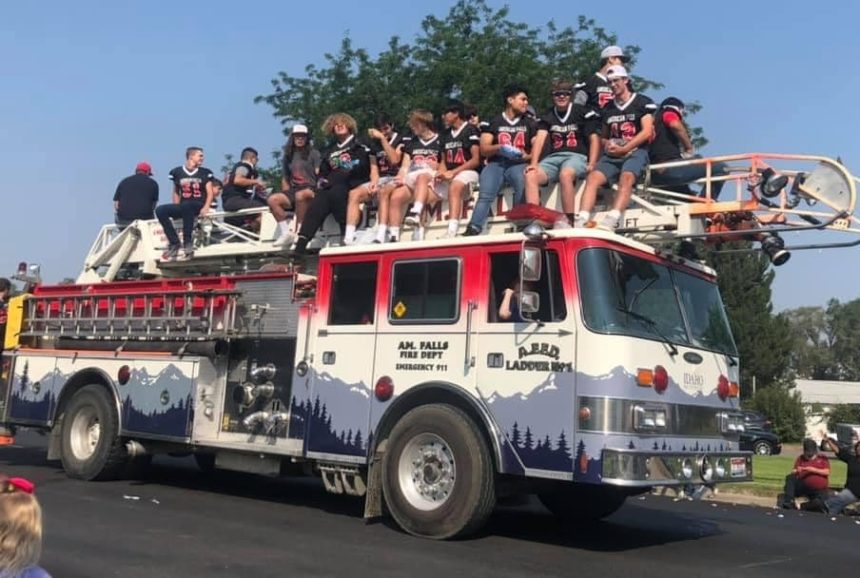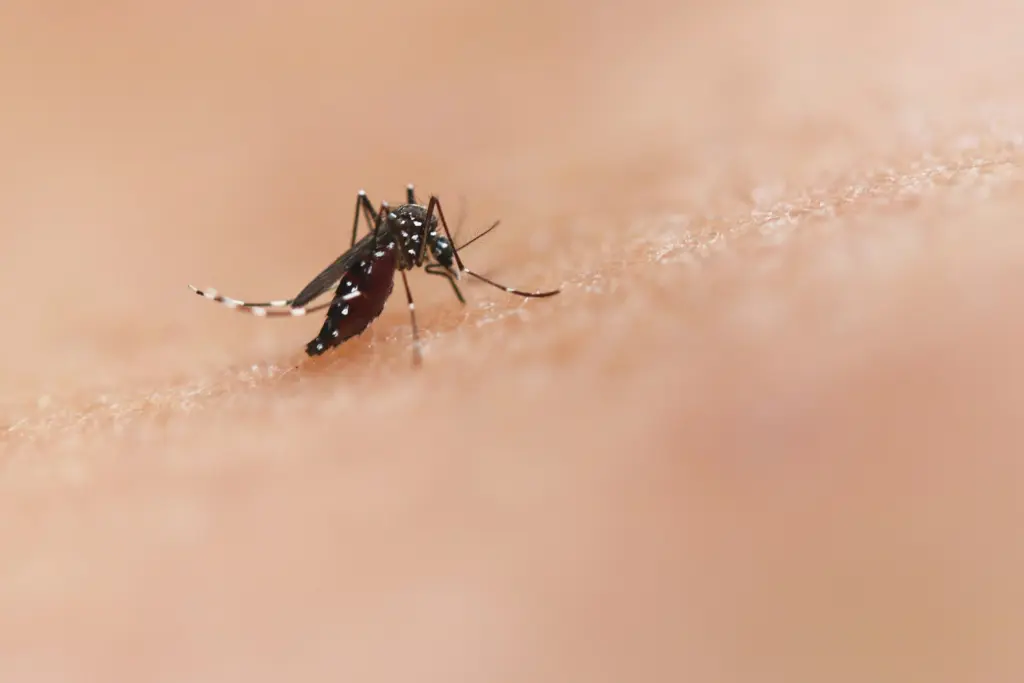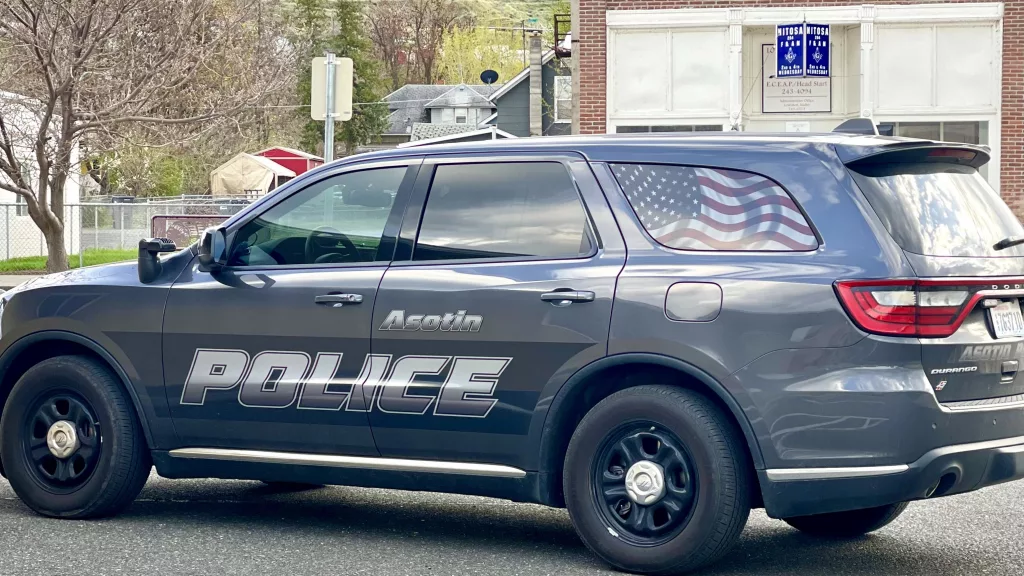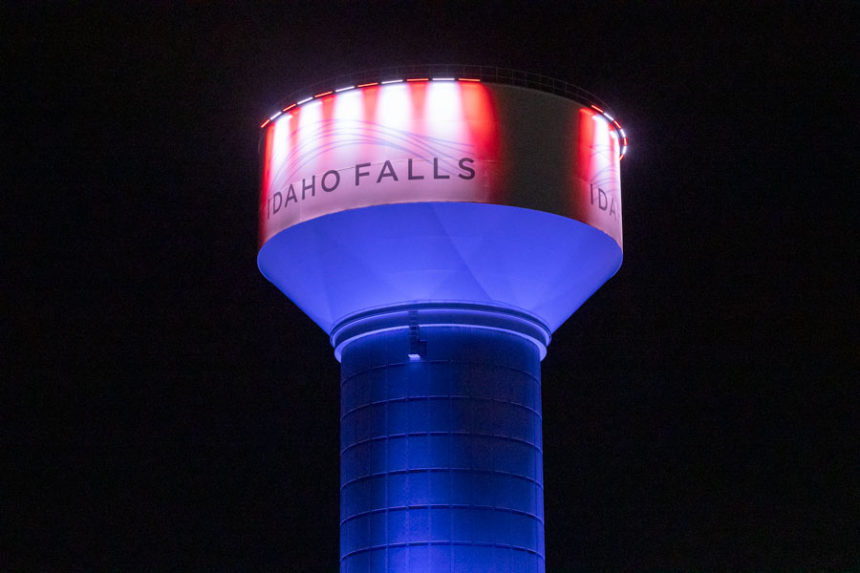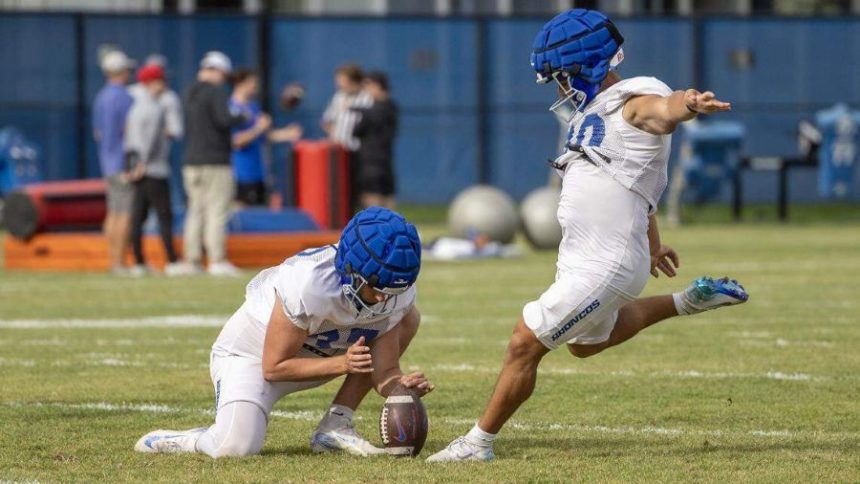Washington’s SpokaneAnne McClain, a NASA astronaut and native of Spokane, has now made two safe space trips.
At 8:33 a.m. Pacific Time on Saturday, McClain, a U.S. Army Colonel and the commander of NASA’s SpaceX Crew-10 mission, and her crew of space travelers swooped down off the coast of San Diego, California.
With all but two of those days spent on board the International Space Station conducting groundbreaking research, maintenance, and educational downlinks—much like the one McClain conducted with Spokane students at her Alma Mater Gonzaga Preparatory School in May—the crew’s return to Earth concludes a 148-day round-trip journey.
During a changing of the guard ceremony with Crew-11, who arrived last week, the members of Crew-10 individually took a moment to think back on their time in microgravity on Tuesday. The main topic was thankfulness: for each other’s experiences, for the help of those on Earth, and, as McClain stated, to stand in for humanity.
“We all know very well that we might never have the opportunity to do this again,” McClain remarked. Over the past few days, we’ve been reflecting a lot and realizing what we must all contribute to. We also know that there have been turbulent periods on Earth. Our goal is to serve as a reminder of what can be accomplished when people collaborate and explore together.
NASA astronaut Nichole Ayers, Roscosmos cosmonaut Kirill Peskov, and Japan Aerospace Exploration Agency astronaut Takuya Onishi returned alongside McClain. The Russian space agency is called Roscosmos.
According to McClain, their mission was but a brief glimpse of a decades-long global partnership for the advancement of humanity, even though the globe may appear different now than it did when she departed. The 25th anniversary of the International Space Station’s continuous human crew staffing will be celebrated in November.
This is, in my opinion, one of the greatest examples of human cooperation in history. To make this vision a reality, individuals from every nation in the world must turn up every day to support it.
The geopolitical environment at the time of the crew’s return to Earth, according to McClain, is not dissimilar from that of 40 years ago, when the concept for the International Space Station was first conceived amid intense political tensions between superpowers.
There are many people who would argue that it isn’t feasible, McClain stated. A mustard seed of trust that something like this could be accomplished when we work together, however, was all that was required for visionaries from all over the world to collaborate.
The SpaceX Dragon capsule that transported McClain and his team to the station, named Endurance, touched down in the Pacific Ocean on Saturday. Approximately 260 miles over Jakarta, Indonesia, the journey took more than 17 hours after disembarking from the ISS.
The Endurance’s engines gradually slowed the fully autonomous return flight, which began at an orbiting speed of around 17,500 mph, over the course of an approximately 18-minute deorbit burn. This allowed the craft to descend into Earth’s atmosphere and reduce the flight speed by 100 yards per second. As the Endurance pushed and scraped against the surrounding air, friction was created, superheating the molecules into a plasma and raising temperatures around the ship to as high as 3,500 degrees Fahrenheit.
Once the pod had risen to roughly 18,000 feet, a succession of parachutes were released, and then, at about 6,500 feet above the ground, four larger chutes were released. According to a NASA spokesperson, contact with the Endurance was lost for around seven minutes during re-entry because of extreme heat and plasma accumulation. After encountering gravity pressures as strong as 5-Gs throughout the descent, the crew was moving at about 16 mph when they impacted the ocean.
The SpaceX recovery ship Shannon, one of two vessels used to retrieve Dragon capsules from aquatic landing zones, was waiting for Crew-10. Since 2019, the ship, which features a helipad, a specialist crane, medical professionals, and technical personnel, has participated in over 20 recovery missions.
For the first time in almost five months, the space travelers experienced the effects of gravity when they were helped out of the Endurance at approximately 9:20 a.m. As she shakily made her way out, McClain raised her arms triumphantly and flashed many smiles.
As part of NASA’s commercial crew program, which collaborates with a number of businesses to enable more affordable human spaceflight, Crew-10 is the first to land in the Pacific.
The Axiom 4 mission, a private 20-day space voyage to the station and returning between June and July, is the third time SpaceX has recovered capsules in the region from their home base in Hawthorne, California. Among the crew of Axiom 4 was retired NASA astronaut Peggy Whitson, who has 695 days in space, the most of any American.
Both Whitson and McClain served on the astronaut selection committees that chose McClain in 2013 and Ayers in 2021, respectively. On July 10, McClain shared a social media post and two images to mark their cosmic reunion.
Send the elevator back down after you’ve accomplished your objectives! Written by McClain.
McClain has now completed two space trips, spent 352 days in space, and completed three spacewalks for a total of 18 hours and 52 minutes. As part of the Artemis program, which aims to send humans back to the moon, she could be able to add to that resume in the years to come.
However, McClain stated on Tuesday that she is simply thrilled to be back on the best planet in the solar system for the time being.
“We have verified,” she stated.
